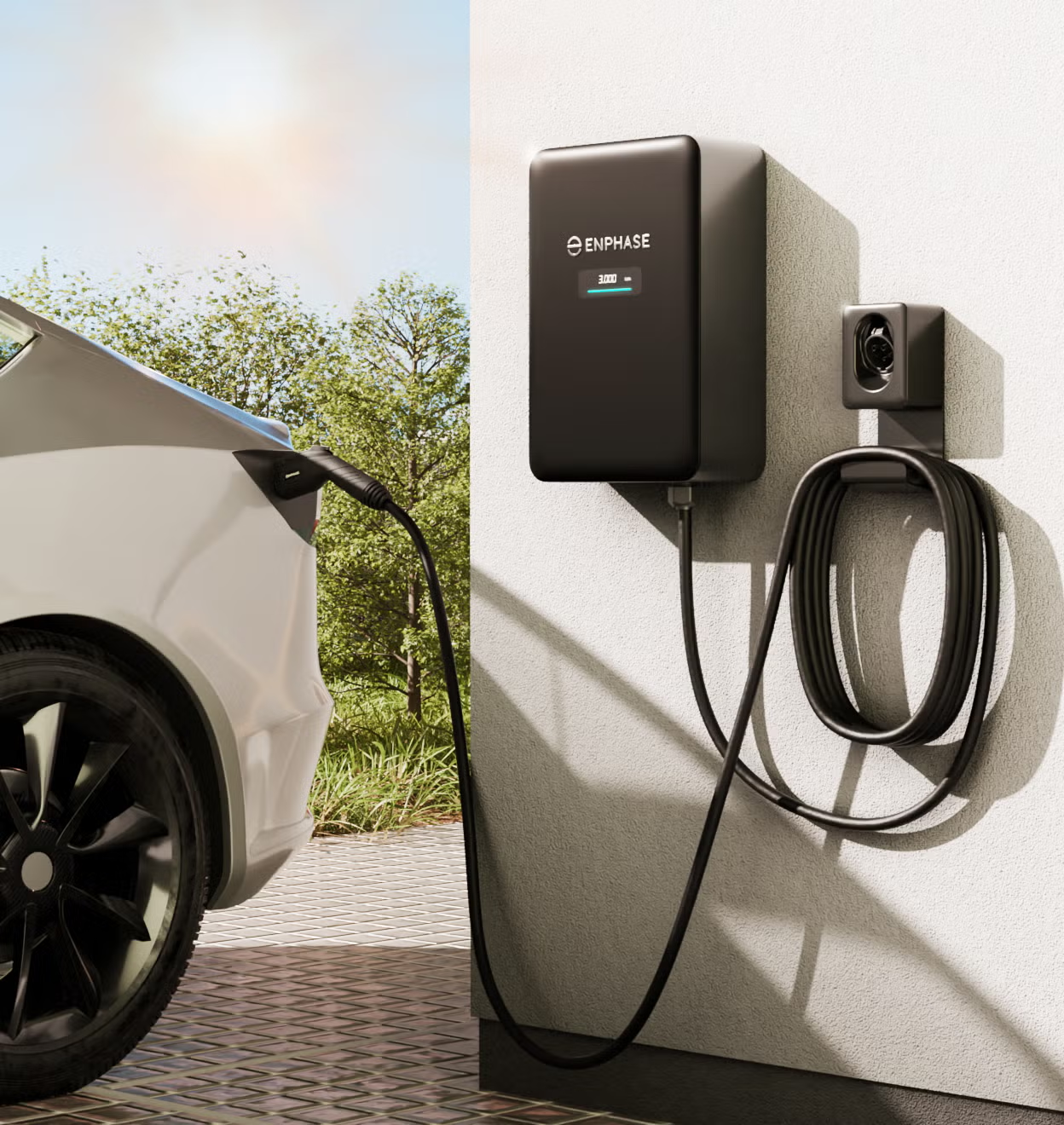Achieving Energy Independence in Oregon

Oregon, a state known for its diverse landscape and progressive environmental policies, is at the forefront of the United States' push toward energy independence. This pursuit of self-sufficiency in energy production and consumption is not only about reducing reliance on foreign oil, but also about embracing sustainable and renewable energy sources that have minimal impact on the environment.
Understanding Energy Independence
Energy independence is the state of not being reliant on imported energy to meet demand. It's about having enough domestic energy sources to power homes, businesses, and industries. For Oregon, achieving energy independence means harnessing its abundant natural resources, such as wind, solar, hydro, and geothermal energy, to meet its energy needs.
Energy independence has several benefits. It promotes economic stability by reducing vulnerability to foreign energy price fluctuations and supply disruptions. It also supports job creation in the domestic energy sector and can lead to environmental benefits by encouraging the use of cleaner energy sources.
The Current Energy Landscape in Oregon
According to the U.S. Energy Information Administration, Oregon's energy consumption is lower than the national average, thanks to its mild climate and energy-efficient practices. The state is rich in renewable energy resources and is a national leader in hydroelectric power production.
Despite these advantages, Oregon still relies on out-of-state sources for a significant portion of its energy. In 2019, about 36% of Oregon's net electricity generation came from natural gas, most of which was imported from other states. This dependence on external sources exposes Oregon to potential energy supply disruptions and price volatility.
Strategies for Achieving Energy Independence in Oregon
There are several strategies that Oregon can employ to achieve energy independence. These include increasing renewable energy production, improving energy efficiency, and promoting electric vehicles.
Increasing Renewable Energy Production
Oregon has significant renewable energy resources, including wind, solar, hydro, and geothermal energy. By investing in these technologies, the state can reduce its reliance on imported energy. For instance, Oregon's wind power capacity has grown significantly over the past decade, with wind farms now producing about 12% of the state's electricity.
Similarly, solar power has great potential in Oregon. The state's solar capacity has been growing rapidly, and in 2019, solar power accounted for about 2% of Oregon's net electricity generation. With continued investment and development, solar power could play a much larger role in Oregon's energy mix.
Improving Energy Efficiency
Energy efficiency is another key strategy for achieving energy independence. By using energy more efficiently, we can reduce the overall demand for energy, thereby reducing the need for imports. Oregon has been a leader in energy efficiency for many years. According to the American Council for an Energy-Efficient Economy, Oregon ranked seventh in the nation for energy efficiency in 2020.
There are many ways to improve energy efficiency, from upgrading to energy-efficient appliances to improving insulation in buildings. By continuing to prioritize energy efficiency, Oregon can further reduce its energy consumption and move closer to energy independence.
Promoting Electric Vehicles
Transportation is a major consumer of energy, and most of this energy currently comes from petroleum-based fuels. By promoting the use of electric vehicles (EVs), Oregon can reduce its dependence on these fuels. EVs are more energy-efficient than conventional vehicles and can be powered by electricity from renewable sources.
Oregon is already making progress in this area. The state has one of the highest rates of EV ownership in the country, and the number of EVs on Oregon's roads is growing rapidly. Continued support for EVs, through incentives and infrastructure development, can help Oregon achieve its energy independence goals.
Adding Residential Solar Panels To Your Home
By integrating solar energy panels into residential homes, individuals can significantly reduce their reliance on the traditional power grid and work towards achieving energy independence. Solar energy is a clean and sustainable alternative to traditional grid electricity, and by harnessing the power of the sun, homeowners can play a vital role in reducing overall energy consumption and carbon emissions. Installing solar panels can also lead to long-term cost savings and contribute to a more eco-friendly lifestyle.
Conclusion
Achieving energy independence in Oregon is a complex task that requires a multifaceted approach. It involves increasing renewable energy production, improving energy efficiency, transitioning to electric vehicles, and switching to solar panel energy production. While there are challenges ahead, Oregon's abundant natural resources and commitment to sustainability make it well-positioned to achieve energy independence.
As Oregon continues to pursue energy independence, it serves as a model for other states and countries. The strategies and technologies that Oregon is using can be adapted and applied elsewhere, helping to drive the global transition to a more sustainable and independent energy future.
If you are looking for a reputable solar energy company in Oregon, and want to know more about how much you can save on your utility bill, please contact National Solar at (541) 213-8062.
Calculate your potential energy cost without solar
| 5 Year Cost | |
| 10 Year Cost | |
| 15 Year Cost | |
| 20 Year Cost | |
| 30 Year Cost |
All-in-one energy solutions
Every project includes design, permitting, installation, and support from our award winning installation team.

Solar Panel Installation
Custom-designed rooftop solar systems that slash your electric bill.

Battery Storage
Store your daytime solar power for nighttime usage or power outages.

Ground Mounts
Ideal for properties without good roof access. Same savings, more flexibility.

EV Chargers
Power your electric vehicle at home for less, powered by your solar system.
